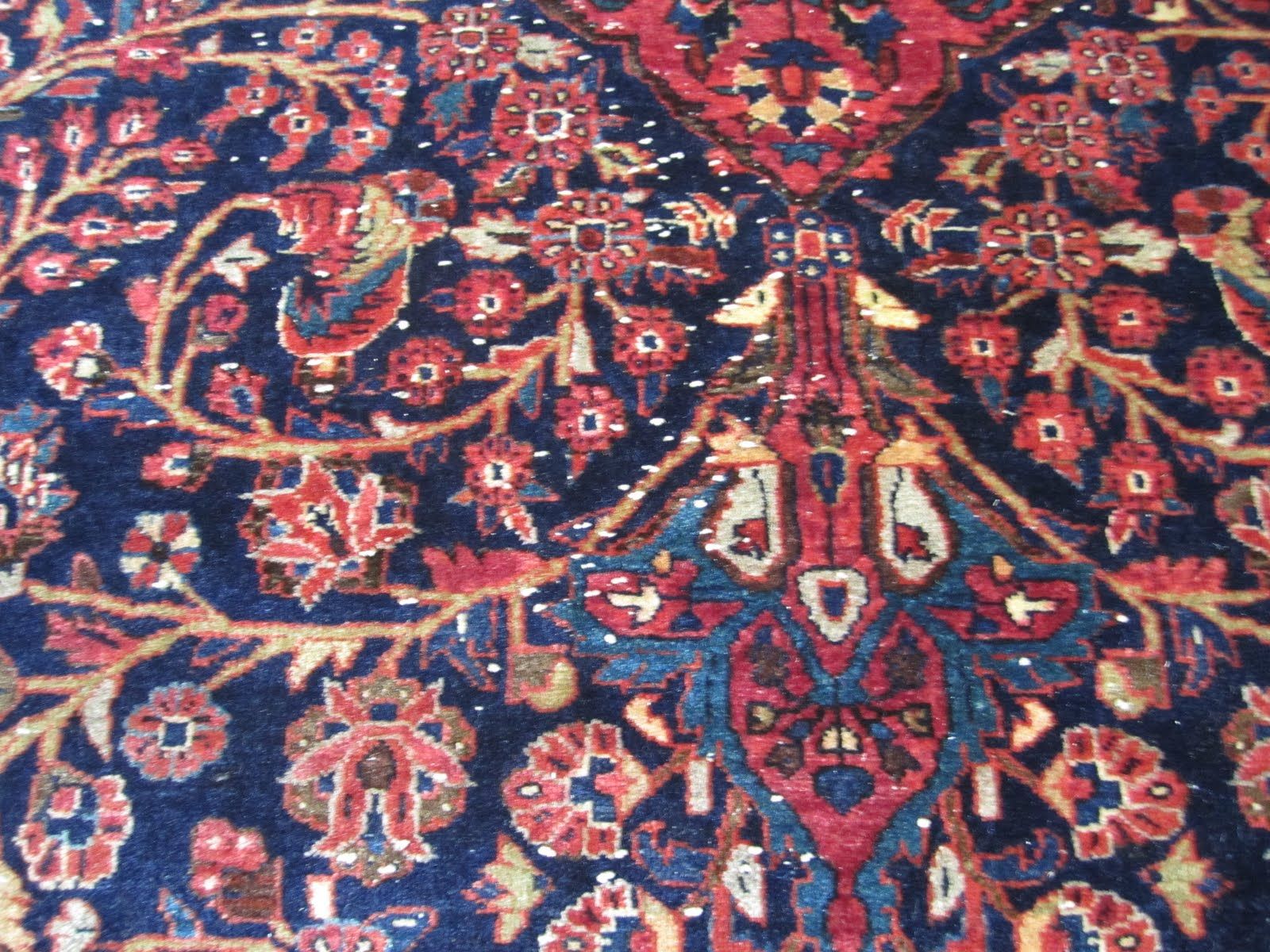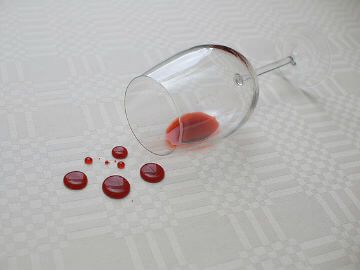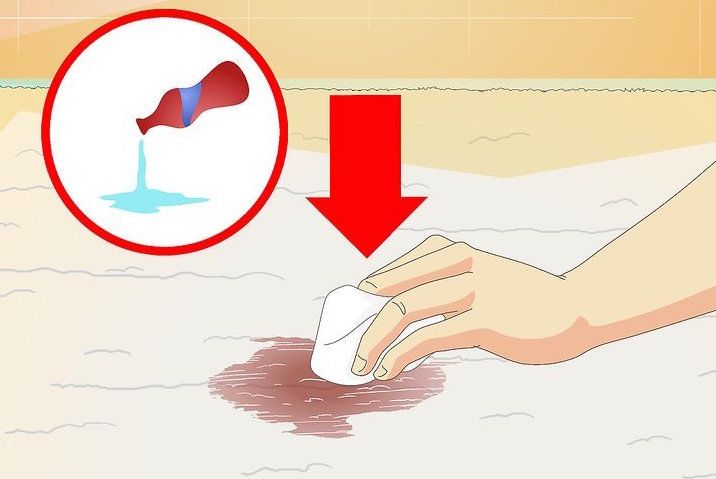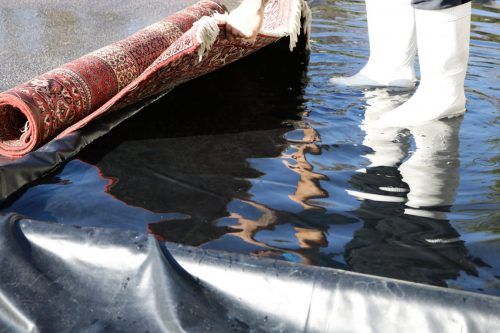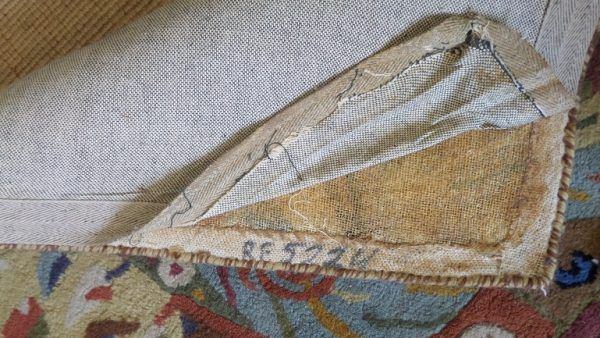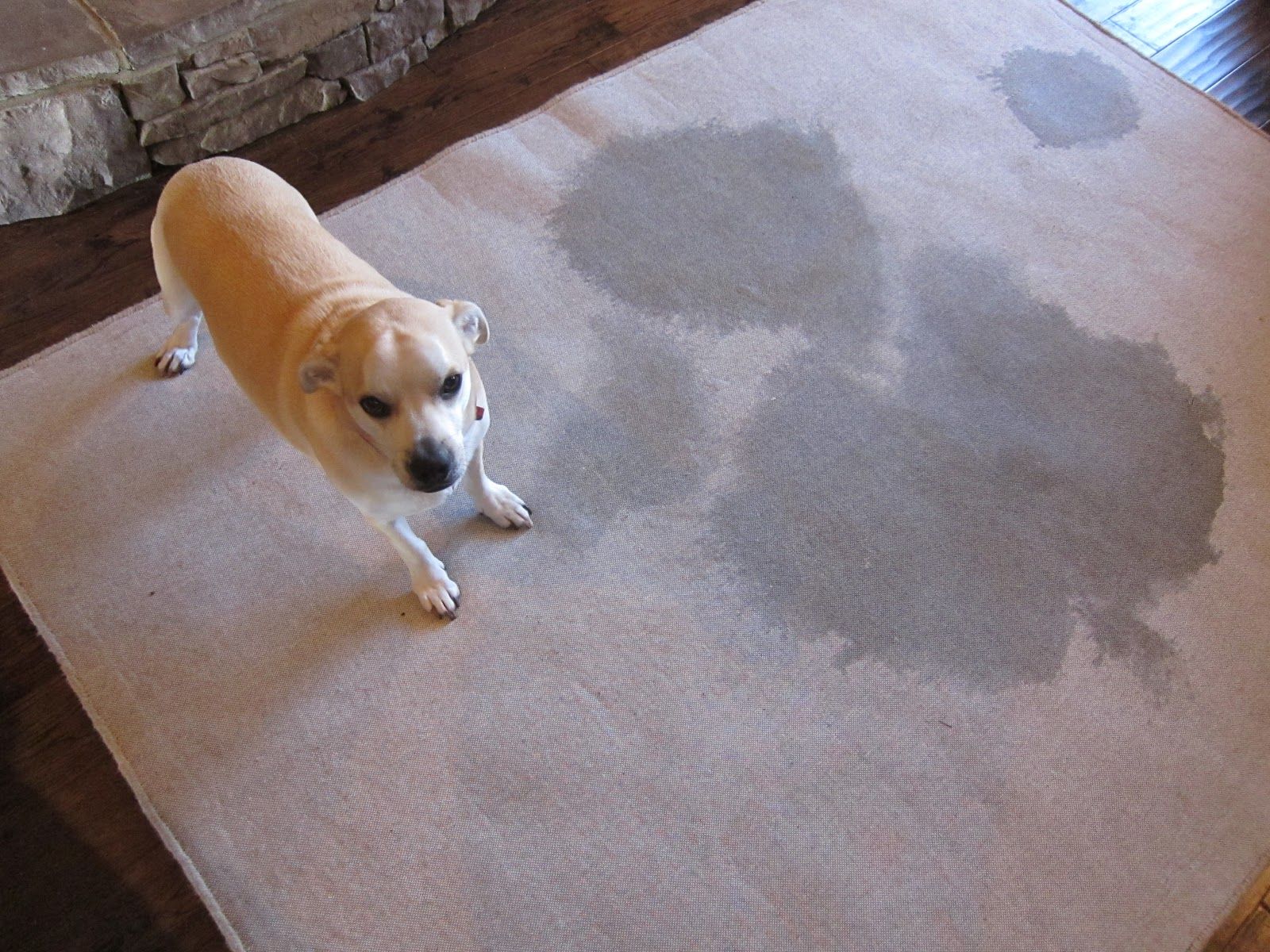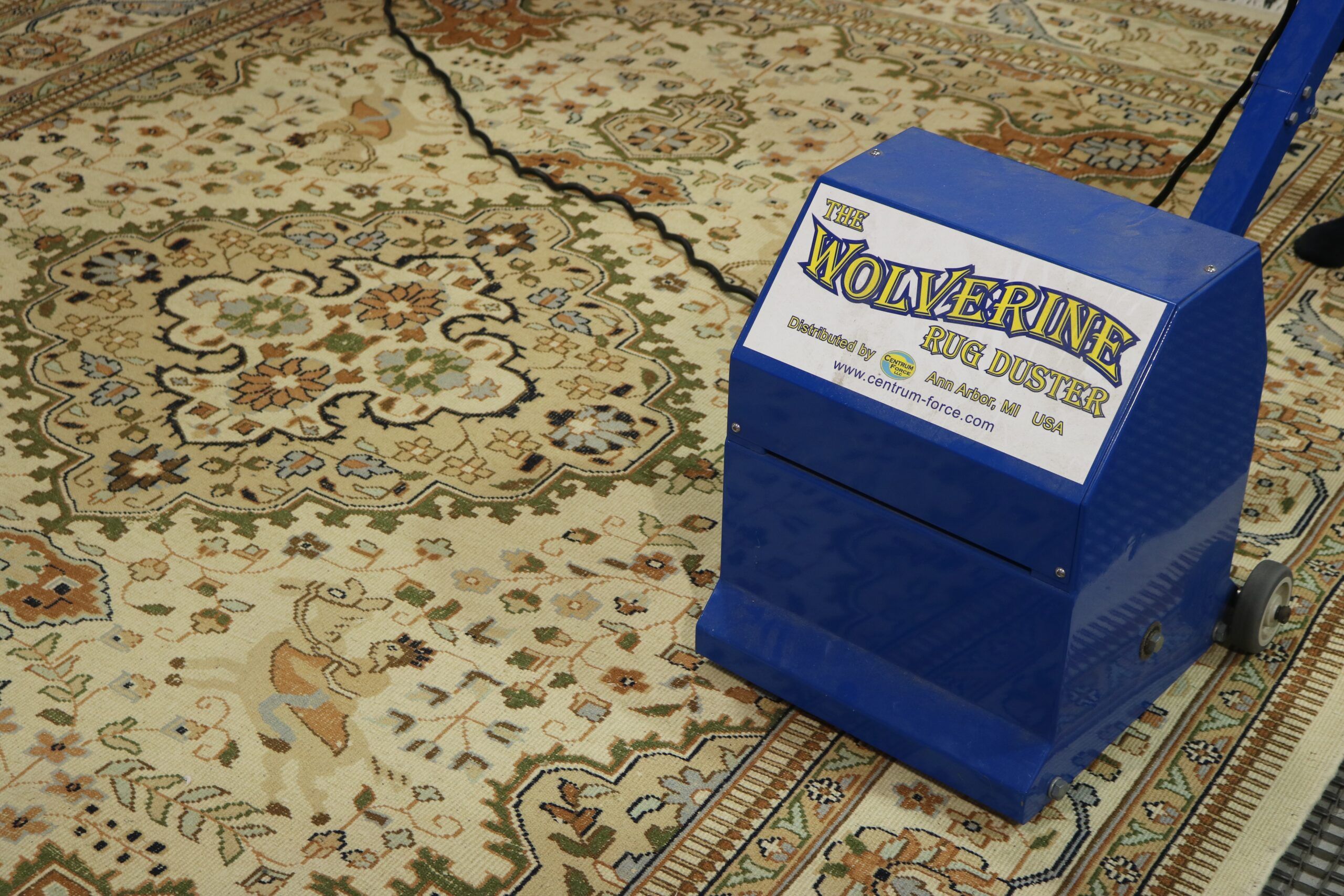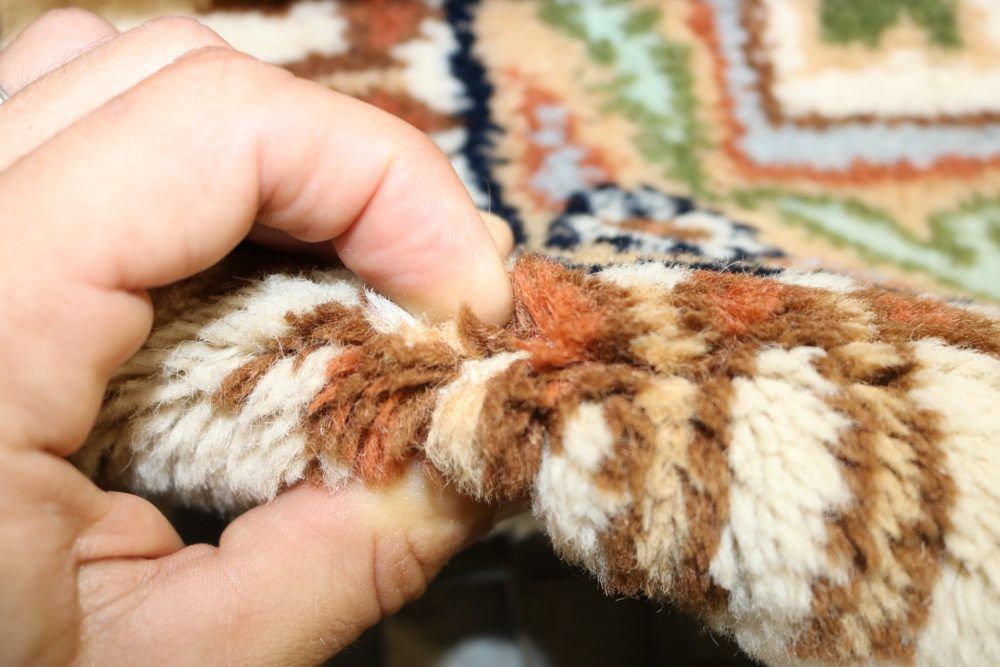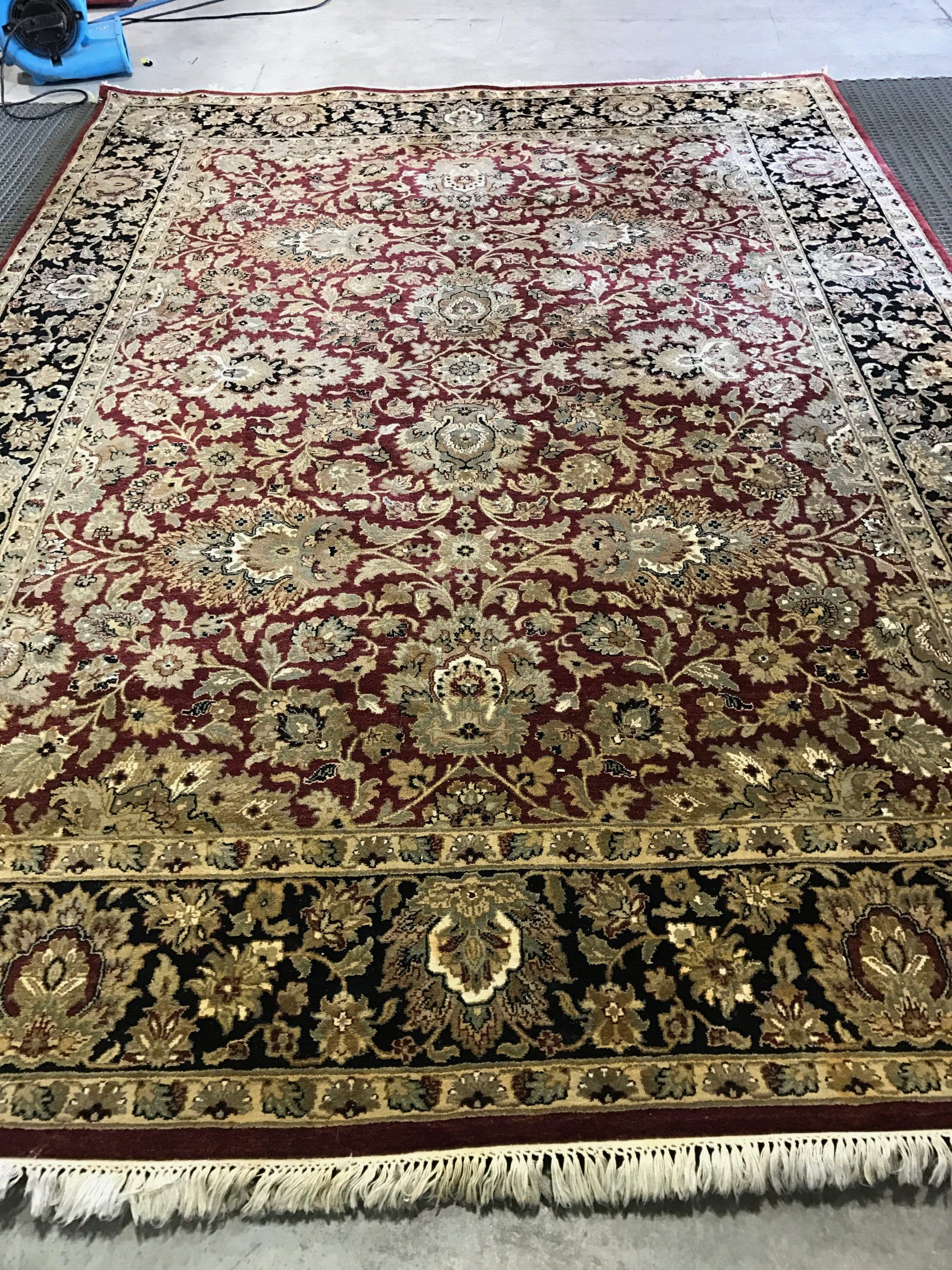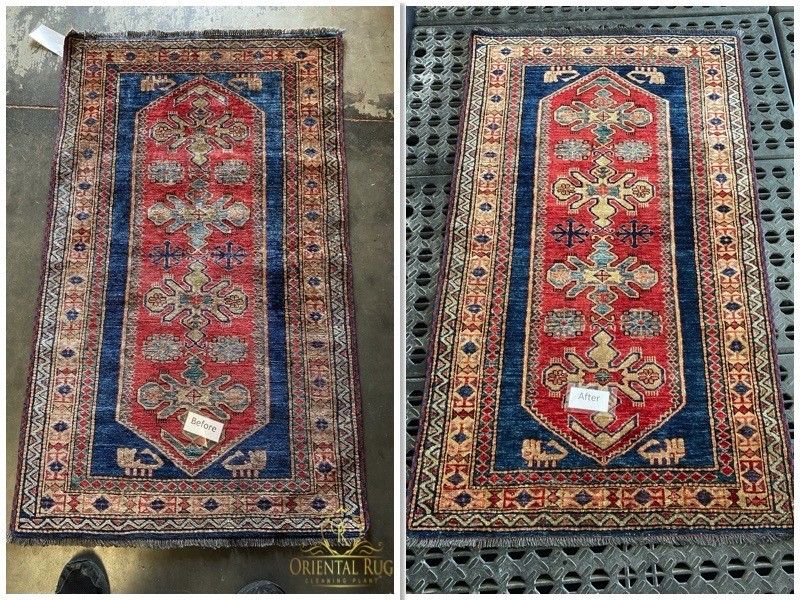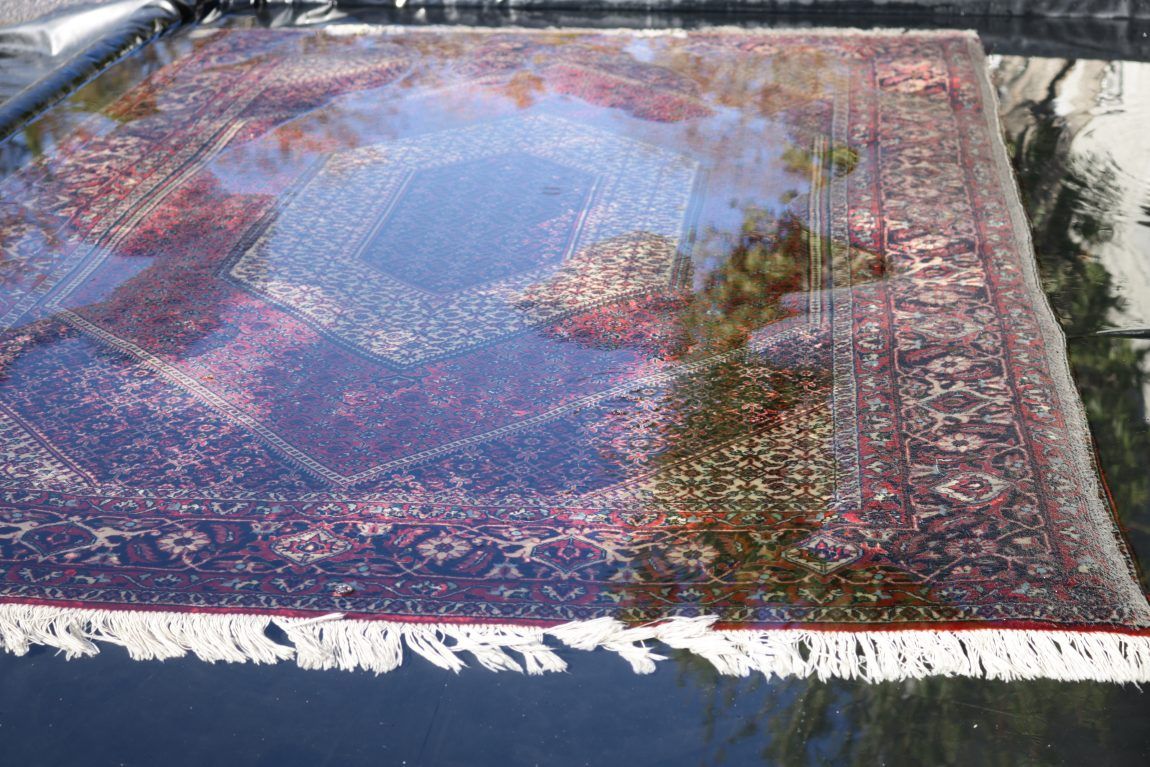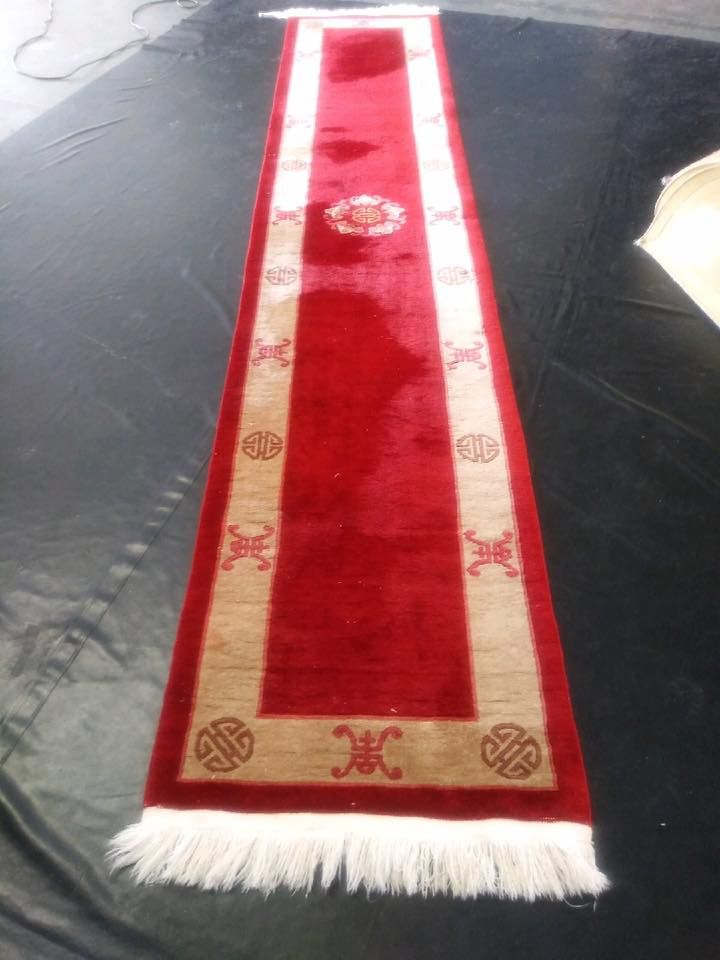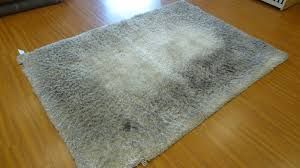
Surface Pile Wear
It is a typical event for our in home floor rugs to show diverse examples of wear and tear throughout the years. Regardless of whether your floor rug is made of synthetic materials (Nylon, Olefin, Polyester) or natural fibers (Wool, Silk), it is still regularly subjected to use that will definitely cause some type of visual wear over the surface of the rug’s pile. Any professional rug washing technician will suggest that you routinely keep up your floor rug maintenance with week by week vacuuming, tending to spills instantly and having an expert rug cleaning performed every year. Following those means, alongside doing your best to keep pedestrian activity over the floor rug constrained, keeping it out of direct daylight and far from any free roaming pets, will keep your rug looking and feeling as new as could reasonably be expected, for whatever length of time that is possible. No matter how well you deal with your hand or machine made floor rug, it will inevitably be lead to some sort of wear. The most widely recognized kinds of wear that show over the surface pile of a floor rug are Pile Distortion, Wear Patterns and Traffic Lanes. You may ask what these issues are, what makes them occur and how to counteract them. We are here to give some data that will disclose the solutions to your inquiries and ideally help to direct you along in the path to properly maintaining your floor rug.
 A Wear Pattern on your rug would show as regions over the pile that are obvious to the naked eye and large enough to make it easy to spot. These patterns comprise of filaments exhausted or dissolved because of consistent, substantial utilization. Carpets utilized in entryways or lobbies most regularly fit this portrayal. High Activity Paths on a floor covering that don’t get enough general upkeep will inevitably create wear designs. Weaker strands will normally separate totally when subjected to over the top pedestrian activity, which in itself causes changeless Wear Patterns. These worn down patterned sections can’t be rug washed, unlike typical activity paths that may have the capacity to, because of the perpetual harm caused. The zones with the most wear can inevitably separate from the base weave, leaning spots with no pile at all, if not dealt with accordingly.
A Wear Pattern on your rug would show as regions over the pile that are obvious to the naked eye and large enough to make it easy to spot. These patterns comprise of filaments exhausted or dissolved because of consistent, substantial utilization. Carpets utilized in entryways or lobbies most regularly fit this portrayal. High Activity Paths on a floor covering that don’t get enough general upkeep will inevitably create wear designs. Weaker strands will normally separate totally when subjected to over the top pedestrian activity, which in itself causes changeless Wear Patterns. These worn down patterned sections can’t be rug washed, unlike typical activity paths that may have the capacity to, because of the perpetual harm caused. The zones with the most wear can inevitably separate from the base weave, leaning spots with no pile at all, if not dealt with accordingly.
 Area rug High Traffic Lanes are zones over the most exceedingly trafficked parts of the rug that look darker and more stained that alternate segments. High Traffic Lanes are typically situated on the zones of the floor covering that are most strolled on or where individuals may lay their feet on frequently, for example, the center of the mat, or regions set around furniture. These High Traffic Lanes are an immediate aftereffect of consistent pedestrian activity, and in addition insufficient standard upkeep. Weaker floor mat filaments don’t ordinarily hold up well to typical activity, while being even less durable when subjected to much higher activity. High Traffic Areas with weaker strands tend to appear considerably more observable and will commonly appear more rapidly than on higher quality area rugs. After a broadened timeframe, these High Traffic Areas will plainly look darker, dim and dirtier than the segments of the floor covering that lie underneath furniture.
Area rug High Traffic Lanes are zones over the most exceedingly trafficked parts of the rug that look darker and more stained that alternate segments. High Traffic Lanes are typically situated on the zones of the floor covering that are most strolled on or where individuals may lay their feet on frequently, for example, the center of the mat, or regions set around furniture. These High Traffic Lanes are an immediate aftereffect of consistent pedestrian activity, and in addition insufficient standard upkeep. Weaker floor mat filaments don’t ordinarily hold up well to typical activity, while being even less durable when subjected to much higher activity. High Traffic Areas with weaker strands tend to appear considerably more observable and will commonly appear more rapidly than on higher quality area rugs. After a broadened timeframe, these High Traffic Areas will plainly look darker, dim and dirtier than the segments of the floor covering that lie underneath furniture.
An unsettling influence in the surface and shade of your rug that happens when standard usage or long term wear causes the filaments that influence the surface pile to untwist themselves, would be considered to be Pile Distortion. The untwisted strands will now assimilate light into new zones of the filaments, while the zones of unworn strands that stay in their original settings will keep on reflecting the light that hits them. There are circumstances in which general, regular pedestrian activity can prepare the strands to lean the wrong way. Shockingly, because of inappropriate in home cleaning, strands can be reset in the area at which they lie and less solid filaments, similar to the kind you would discover in natural rugs, will lose the snugness of their contort which influences them to lie in the wrong direction. These segments of the rug’s surface pile that wind up dim and mutilated can wind up enduring through the life of the rug. The strands in these zones lie in an unexpected way in comparison to where they are proposed and can’t be swept back to sit legitimately. Standard rugs with bigger, more open designs normally demonstrate this contortion more so than carpets with more detailed designs.
Our office staff and our professional area rug service technicians are always here to help. If you would like to schedule a service or simply have some questions, don’t hesitate to reach out to our office at any time! If it’s after hours and you are looking for some particular information about area rugs, feel free to check out our informational blog-posting page!
More Articles
Categories

